Spain
Within the second project activity of the Erasmus+ project, under the title “Crafts in the Past and Present”, the LORESU team wanted to visit Gran Canaria where the students were going to be able to interview and see the work of some craftmen and women. However, this activity had to be cancelled because it was too expensive to travel from Fuerteventura to Gran Canaria.
We are very grateful to the Gran Canaria Council and FEDAC for their interest on our project and for all the information given. Our students are watching the videos made by the FEDAC and then they will create their onw videos where different handicrafts in Fuerteventura will be seen. The final product of this activity which is being worked by the students will be seen in this section soon.
HANDICRAFT WORKS
TOOLMAKER
POTTERY
EMBRROIDERY
OPENWORK EMBROIDERY
CUTLERY
We have visted TETIR TRADITIONAL MARKET where traditional crafts and local products can be seen and bought.This market can be visited only every 3 months.




VIDEO
The students from 1st BAC with their teacher Carolina Ramos have made videos about different handicrafts works which are typical of Fuerteventura and of the Canary Islands.
Congratulations to all the students because they have done a great work.
IES LA OLIVA students have visited the CRAFTS FAIR of Antigua where we were able to see the crafts from the 8 Canary Islands.
Watch video about the Crafts Fair in Antigua
More info on our blog LORESU FUERTEVENTURA
Portugal

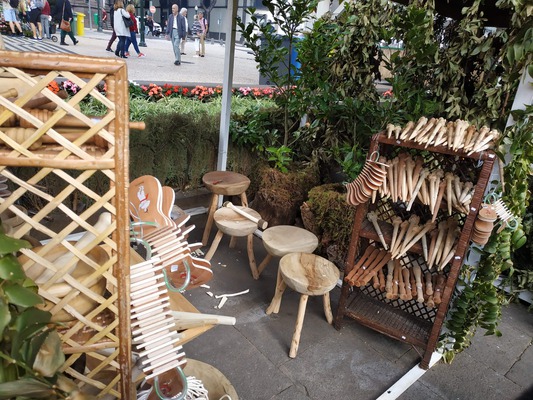


Poland
The traditions of crafts in Wodzisław Śląski date back to 13th century when the town was located. Throughout next centuries Wodzisław was one of the poorest towns in Silesia, therefore, the majority of inhabitants needed to be farmers to make ends meet. There are notes preserved from 17th century of privileges that had been given to the guilds of taylors, brewers, butchers and shoemakers. In the 19th century the most represented crafts were shoemakers, butchers, weavers, taylors and carpenters.
At present craftsmen are associated in a crafts guild that has its seat in Wodzisław Śląski. it is organised into food, car, building, hairdressing, metal, wood and general branches.
Realising the second activity of the project “Crafts in history”, we invited a beekeeper, Mrs Aleksandra Kuniszczyk to talk about her occupation. During the meeting she talked about bees, their life cycle, honey production and environmental protection. Students from biology profiled classes were shown how honey in produced in the bee hive. The group was shown all the equipment that is used by a bee keeper and finally had the opportunity to taste and chew the honeycomb.


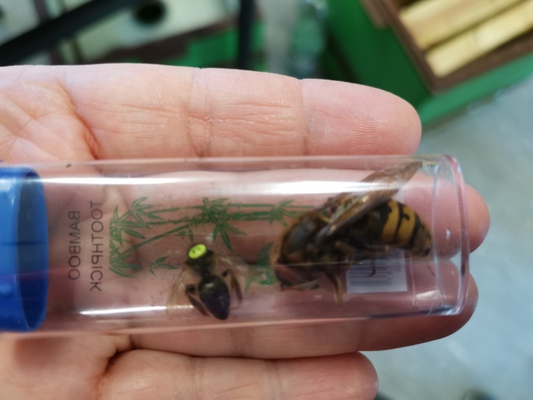
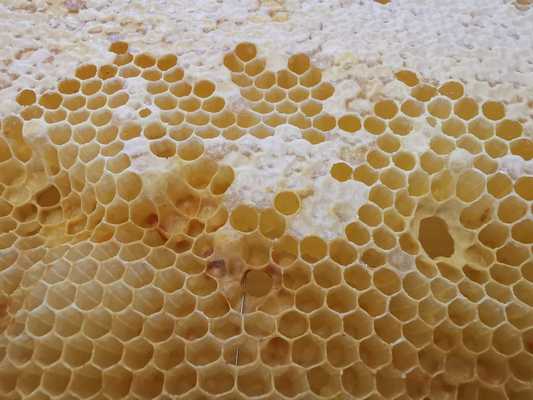

Italy
Crafts in the history: mussels farming
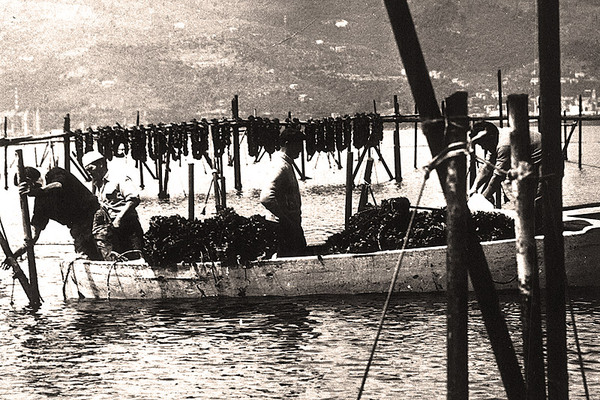
Mussels and Oysters from La Spezia, farmed in the waters between Cinque Terre and the Magra Nature Reserve, are a delicious part of the local gastronomic tradition.
Mussel breeding in this part of the Italian Riviera dates to the 1890s, when mussel-farming pioneers decided to test the local waters. Despite a shaky start, the activity took off. The main initiator was Emanuele Albano, an oyster farmer from Taranto in Apulia, where mussel farming was already part of the local tradition. New nurseries were created in the Bay of La Spezia and in the channel dividing Portovenere and Palmaria Island.

Mussel farming is a complex fishing system in which the ancient traditions and modern techniques coexist.
Mussel farms are located in the sea (in sheltered, semi-exposed or exposed areas).
Local mussel farmers, known as muscolai, have handed down their ancient methods of mussel breeding throughout generations, a trade that allows for the Gulf of Poets to maintain an autochthonous production. Most importantly, local muscoli and oysters are deliciously tasty, wholesome, and a guarantee of sanitary excellence, as they grow in clean waters awarded with the Bandiera Blu (Blue Flag certification).
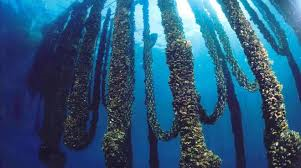
In La Spezia there are two main farming systems: the fixed system and "Long-line system" (or multi-wind) .
The minimum mussels marketable size in Italy is 5 cm.

The mussels are loaded on board boats, where are subject to operations carried out manually or with the aid of machinery.
The product, once delivered, is loaded, by means of conveyor belts, on vehicles and transported to the purification plant in Santa Teresa, Lerici.

Students during learning day dedicated to mussels farming.

Croatia
LORESU TEAM IN THE WORLD OF CRAFTSPEOPLE
Within the second project activity of the Erasmus+ project, under the title “Crafts in the Past and Present”, the LORESU team visited seven craftspeople in the Podravina region. The last field activity was a visit to the Town’s Museum at Koprivnica.
During the two-week-tour of the craftspeople, we were acquainted with various crafts that had had a far greater significance in the past, standing today at the brink of extinction. Too often did we hear that the craftspeople we visited did not have any heirs in their particular crafts. We were introduced to the beginnings, present work and problems that all craftspeople often have to face. During each of our visits, the specific craft was demonstrated for us and we were given the opportunity to try it out ourselves, thus discovering that something seemingly easy was actually not easy at all.
We first explored the old world of forging, to which we were introduced by Mr Dragutin Filipašić. Next we visited Mr Stjepan Tkalčić, one of the last few basket weavers in the Podravina region. Apart from demonstrating his craft in basket weaving and the pleasant conversation about his craft, Mr Tkalčić also passed on to us his rich life experience from both his personal and professional life. The shoemaker Darko Frankol and mead and gingerbread makers, as well as candle makers, the Špičko family, are the only craftspeople we visited who still today live exclusively from their crafts, facing numerous problems in their work. Despite all the difficulties, they are the most shining examples of how only through their love for their crafts they manage to swim with the big fish. Mrs Marijana Abram introduced us to the process of cattail weaving, and the Erdec family led us to the world of woodwork and lace work from Peteranec.
At the very end of our tour, we visited the Town’s Museum at Koprivnica, where we learned a lot about guilds that had existed in our region. The culmination of the activity was to come up with the guilds’ rules in groups that handled a specific craft. Following all the field trips, the Geography Group and the History Group students presented the final analysis (presentation, mapping and video) of all the places they had visited, seen and learnt about.
We kindly thank our hosts for their warm hospitality and are looking forward with joy to our future cooperation!
Maja Maček Treščec, B. A. in Geography and History
Stjepan Tkalčić, basket weaver:

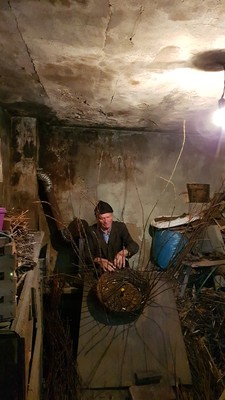

Darko Frankol, shoemaker



Marijana Abram, bag weaver

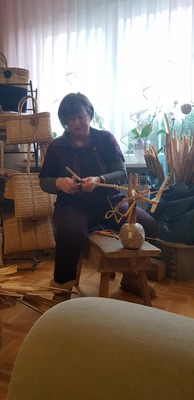



Dragutin Filipašić, blacksmith






Ljubica Špičko, gingerbred and candle maker



Marija Posavec, hairdresser



Katica i Antun Erdec, wooden toys, embroidery
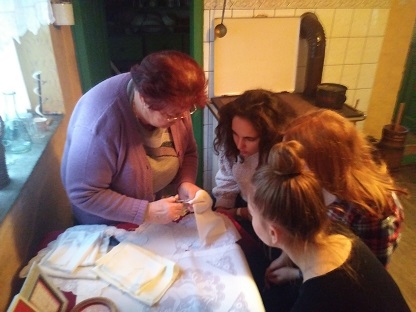

karta Obrtnici.pptx
Presentation in class
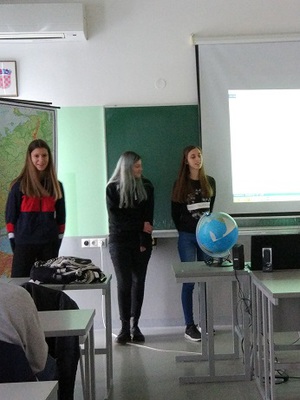


Museum of Koprivnica
